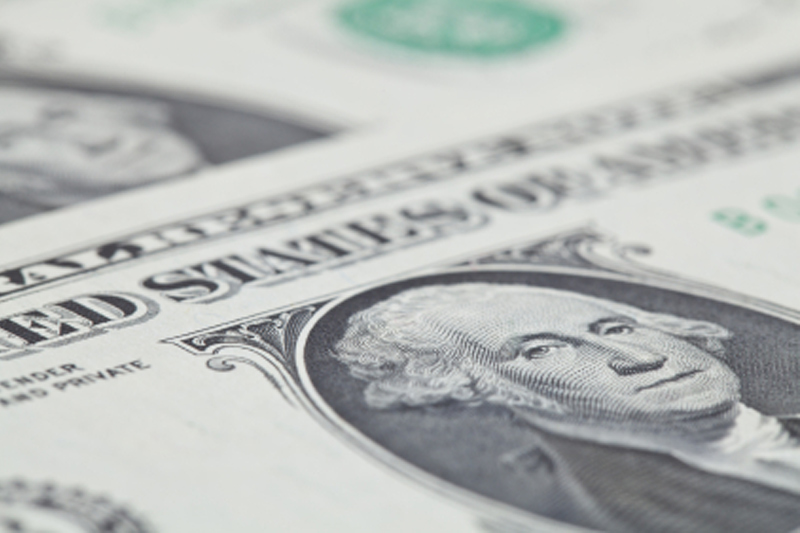Investing.com – The US dollar held steady on Friday and was set to end a volatile week with small gains as traders digested the implications of another Trump presidency and the benign Federal Reserve.
At 04:30 ET (09:30 GMT), the Dollar Index, which tracks the dollar against a basket of six other currencies, was trading flat at 104.372.
The index is on track for a gain of just 0.2% this week, even after rising 1.5% on Wednesday in the wake of Donald Trump’s election victory, when it posted its biggest single-day gain since September 2022 .
The dollar is undoing Trump’s gains
The dollar rose to a four-month high on Wednesday as traders positioned for a new Trump administration, with tariffs and immigration policies likely to prompt the Federal Reserve to cut rates at a slower and shallower pace.
However, some of these gains were reversed after Thursday’s 25 basis point rate cut, signaling the likelihood of further rate cuts as inflation appeared set to ease towards the central bank’s 2% target.
“Much of the dollar’s electoral movement has been reversed. To us, this looks more like a positioning adjustment than a reconsideration of what a Trump presidency means for global markets,” ING analysts said in a note.
“Remember, markets have broadly priced in a Trump victory on Election Day, and while the dollar spiked in response to the Republican clean sweep, there may now be some questions about how far the dollar can rise in the near term given the focus shifts back to the macroeconomic discussion.”
The US Consumer Price Index for October will be released next week, and this could impact market sentiment as the year draws to a close.
Euro suffers from the German political crisis
In Europe, yields fell 0.2% to 1.0785, with the common currency on track for a weekly loss of around 0.5%, pressured by a political crisis in Germany, the euro zone’s largest economy.
German Chancellor Olaf Scholz fired his finance minister on Wednesday, paving the way for early elections after months of disagreements in his three-party coalition.
The political turmoil comes at a critical time for Europe’s largest economy, with Trump’s election victory raising the possibility of a trade war with the region’s top trading partner.
“EUR/USD briefly traded above 1.080 yesterday due to the broad unwinding of USD longs after the elections,” ING said. “This appears to be a reduction in positioning, and we doubt that markets are reconsidering the negative implications of Trump’s expected policies for the eurozone.”
fell 0.2% to 1.2961, with sterling falling further from the psychologically important level of 1.30 in the wake of the Bank of England’s latest rate cut.
The country on Thursday made its second interest rate cut since 2020, falling by 25 basis points from 5% to 4.75%, but also indicated that the latest British budget could mean inflation will take an extra year to return sustainably. return to the 2% target.
“A rate cut in December seems quite unlikely given the budget, and markets are also pricing in a very low implicit probability,” ING said. “At the same time, we do not think the budget will significantly derail the BoE’s easing path next year, and we still expect faster cuts in the spring compared to market expectations.”
Yuan watches the NPC meeting
climbed 0.2% to 7.1555, with the yuan weakening slightly, with the focus squarely on the NPC meeting, which concludes on Friday, for more signals on Beijing’s plans to roll out fiscal stimulus.
Analysts expect the government to approve at least 10 trillion yuan ($1.6 trillion) in new spending in the coming years. The NPC meeting comes after Beijing announced a slew of stimulus measures over the past month, but did not specify their timing or size.
fell 0.4% to 152.39, with the yen rising after Japanese ministers issued new verbal warnings about possible interventions in the currency market.
fell by 0.5% to 0.6646, but was heading for a weekly gain of more than 1%.


